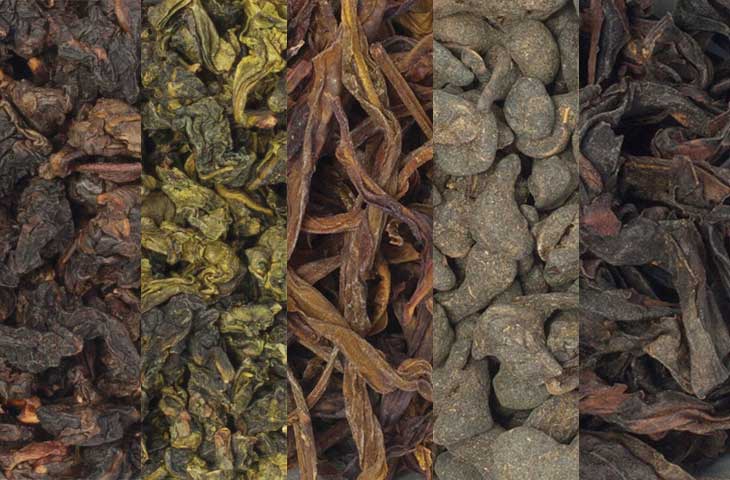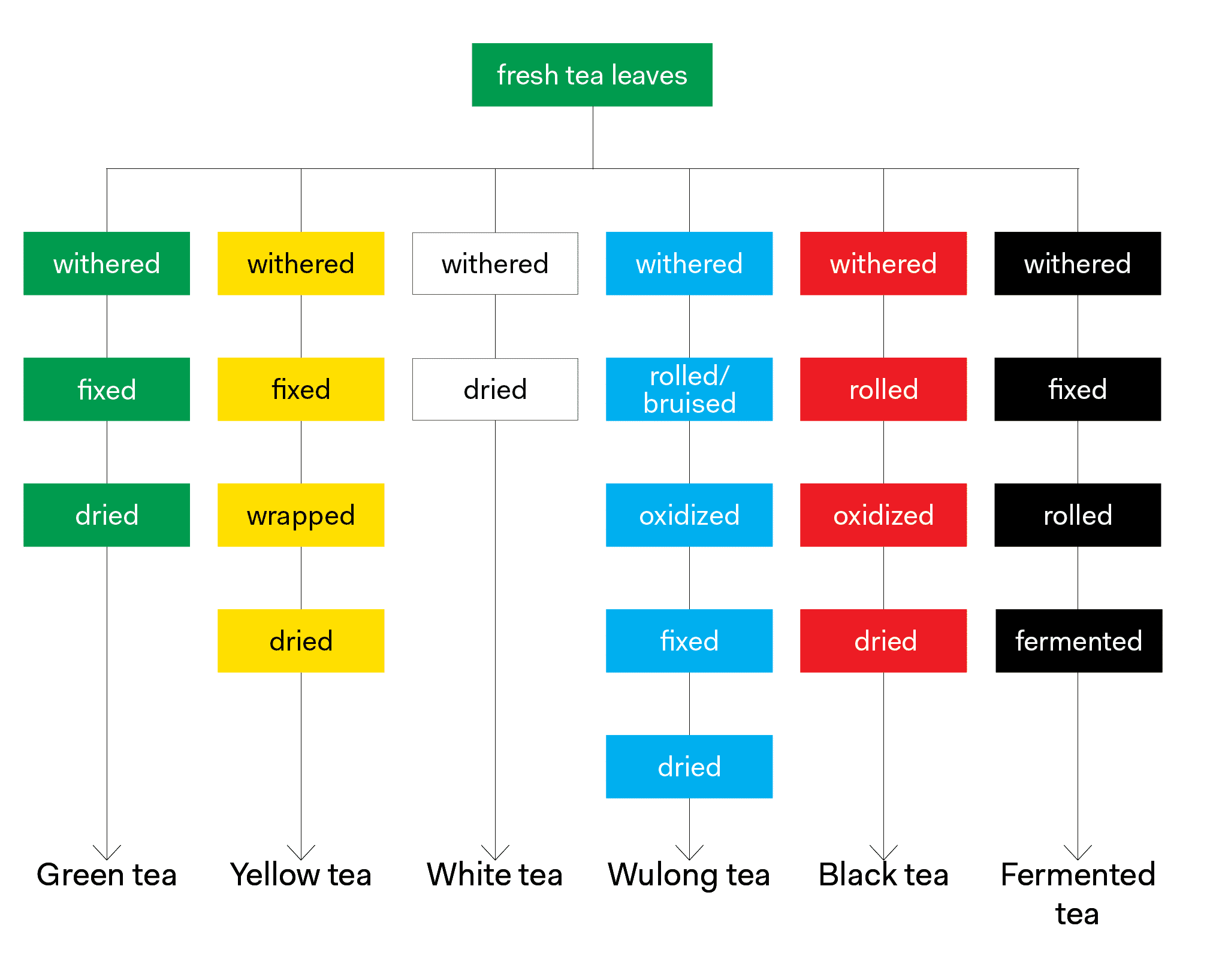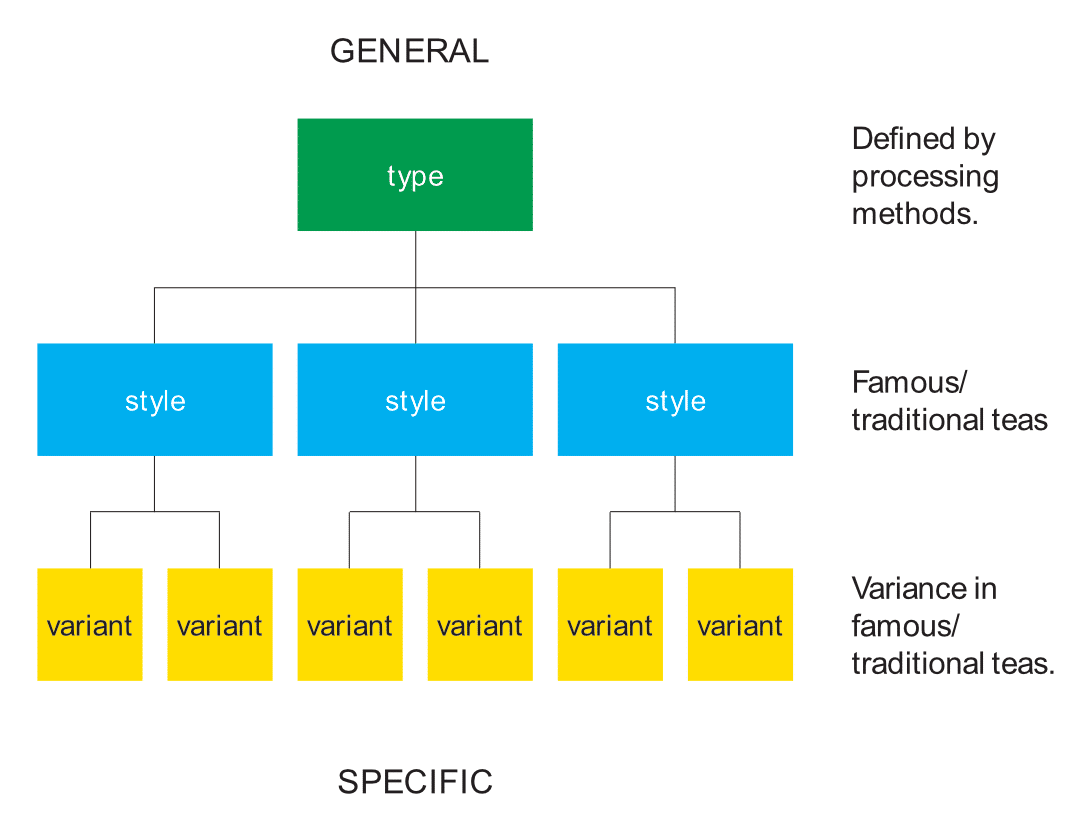Connoisseurs Drive Growth
Connoisseurs in any industry drive innovation and growth. This is especially true in the world of tea. Simply by their discerning taste, connoisseurs play an important role in the marketing ground game—educating others, sharing their favorite teas with friends, and acting as influencers in real life and on social media.
The key word here is discerning. Connoisseurs are captivated into action by exciting teas. An exciting tea can be a traditional tea that exudes supreme quality, a tea that has a very interesting story, or one that is new and experimental.
Essentially, I believe that fostering the growth of a connoisseur culture that flourishes, automates word of mouth marketing for producers of specialty tea and results in tangible growth. And growth in the specialty tea market will lead to growth in all sectors of the tea industry
Comparing Connoisseur Culture in Tea and Wine
It is no secret that the connoisseur culture that exists in the wine industry dwarfs the connoisseur culture that exists in tea. One only needs to observe that the global wine market in 2017 was 302.02 billion dollars (USD) [1]; compare that to the global tea industry in 2017, six times smaller at 49.46 billion dollars [2].
The main difference between the two products (other than one contains alcohol and gets you drunk), is access to provenance. Aside from a counterfeit here and there, in the consumers hand, wine is packaged in a bottle and labeled. Provenance is known.
Tea products may pass through several hands before reaching a consumer and may be repackaged several times as they pass from producer to wholesaler to retailer. Provenance is concealed.
Because of the transparency inherent in wine, much-deserved accolades from critics and competitions can be served directly to the producer. Can you imagine awarding a bottle shop for the very fact that they chose to sell a particular wine? The notion seems absurd, yet tea competitions routinely laud tea retailers and wholesalers for teas that they sell but have no hand in producing.
Wine connoisseurs can visit a bottle shop and buy ten different labels of Cabernet Sauvignon and know that they are distinct wines. A comparative tasting of the ten bottles will lead to a greater appreciation of Cabernet and an understanding of the flavor profiles of the regions they were produced in. The same cannot be done in tea, for we as consumers have little access to teas with verifiable provenance.
A 2019 Harvard Business Review article [3] echoed the importance of fostering a connoisseur culture when, after interviewing 58 winemakers ranging from small boutique wineries to large multinational firms, concluded that as products become more complex and consumers feel more pressed for time, firms in all industries will increasingly succeed by having a unique vision, cultivating expert advocates through authentic connections, driving expert consensus, and allowing consumers to react to and share their products.
Multiple Retailers, Same Source
Tea connoisseurs, often working together on forums such as Reddit’s /r/tea, routinely uncover that there are many companies selling the same teas under different names, or different prices. And some even falsifying place of origin.
The appearance to the consumer and the marketing messages that they receive from tea merchants is that the teas they are buying are distinct.
This is troublesome for connoisseurs—how can we do comparative tastings of similar teas? How can we discover the soul of a tea? How can we determine the value of a producer’s vintage from year to year? How can we expand our palate? All we have to rely on is our trust in our supplier.
Some companies that buy direct from source conceal their source still. What’s arisen is a sort of “faux-transparency” where the company will share a story, maybe several photographs of the tea producers and at most the surname of the family responsible for producing the tea.
Yet here too, we have seen photos claiming to be several hundred year old trees claiming “this is where this tea comes from” — later to discover that the same photo has surfaced elsewhere on the web claiming to be the source of a completely different tea.
This raises an important question: What is true transparency?
What is True Transparency?
We achieve true transparency when the name and the specific location of the producer is shared with the consumer. Additional information may supplement this information – such as elevation, cultivar, processing methods used, etc.
By concealing this information, tea merchants in the west Western seek acclaim and profit from the resources of tea producing countries and the mastery and creativity of the tea producers there. One could say that this is a form of colonialism.
If we achieve true transparency, at least in a portion of our market, we’ll see marked growth in the connoisseur culture surrounding tea, as tea epicures will be able purchase teas they know to be distinct and participate in comparative and blind tastings to better educate their palate and further their interest and knowledge of specific teas.
The Challenge for Producers
In India, specifically the Darjeeling region, teas are marketed and sold by the name of the gardens that produced them. The India Tea Board retains control of a geographical indication for teas produced there and thus, provenance is often retained all the way to the consumer.
The same cannot be said for producers in China. However, the advent of smartphones with data plans has brought technology advances to rural areas, giving a voice to producers. This has resulted in a trend of more small high-quality tea producers branding themselves and marketing directly to tea buyers and consumers with the use of a website and social media. This trend of producers selling direct to consumers is growing and should have traditional tea retailers and wholesalers shaking in their boots.
Tea producers with no plans to sell direct to consumer must be prepared to sell smaller amounts of tea to a larger amount of tea sellers (rather than larger amounts to a smaller amount of tea sellers). The importers and retailers that focus on transparency are small in size, large in number. These small retailers seek adventure in traveling to source where they are able to discover new teas and foster relationships with producers, so if a producer is able to encourage these activities, they will see growth.
Simply put, if high quality producers produce exciting teas and are able to cultivate expert advocates, they will see growth.
[1] Source: https://www.zionmarketresearch.com/report/wine-market
[2] Source: https://www.statista.com/statistics/326384/global-tea-beverage-market-size/
[3] Source: https://hbr.org/2019/03/what-the-u-s-wine-industry-understands-about-connecting-with-customers




